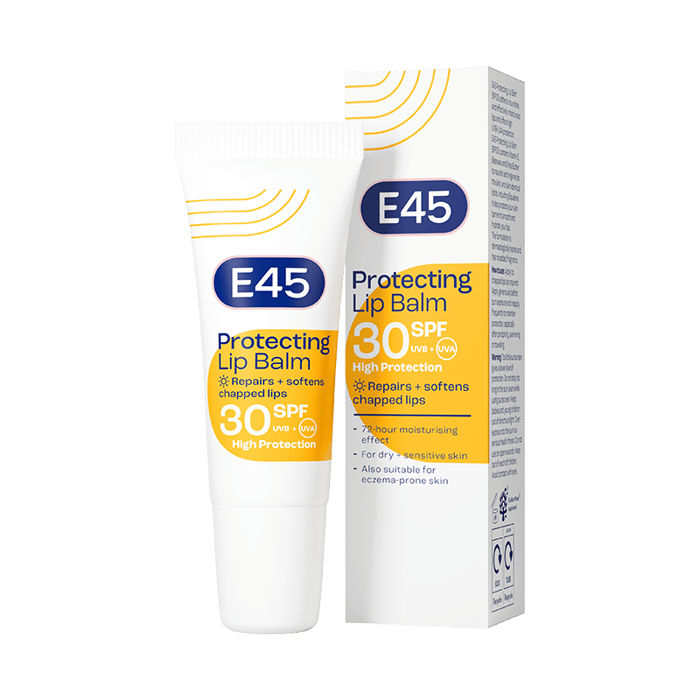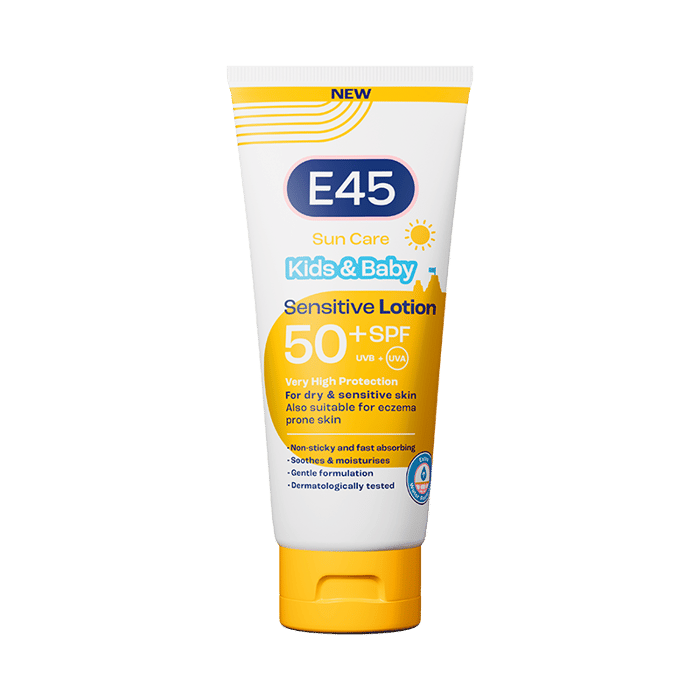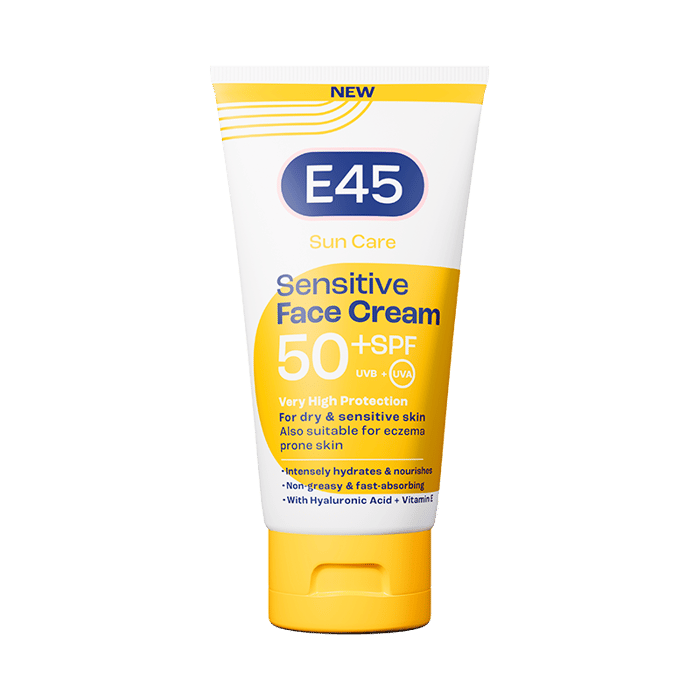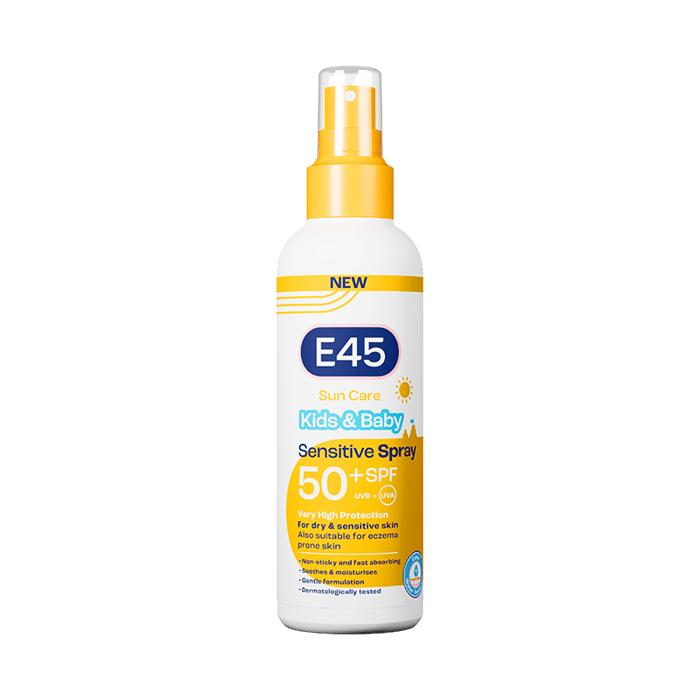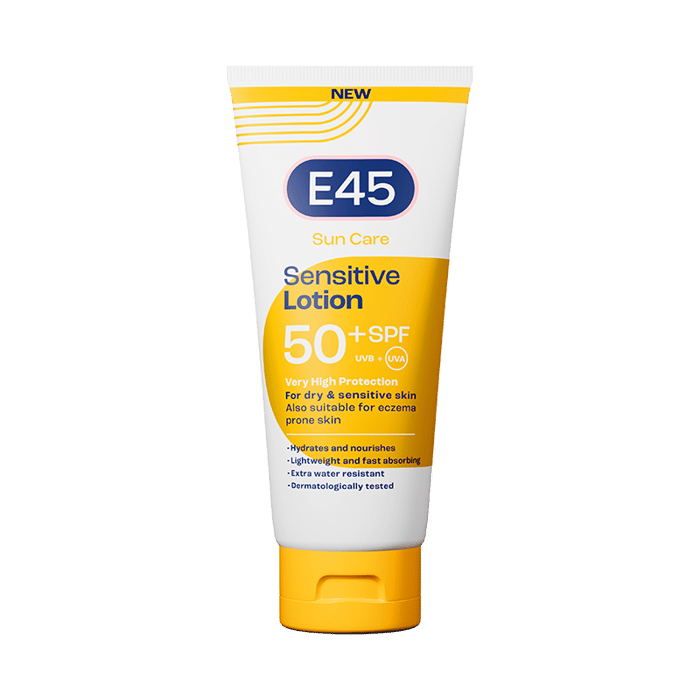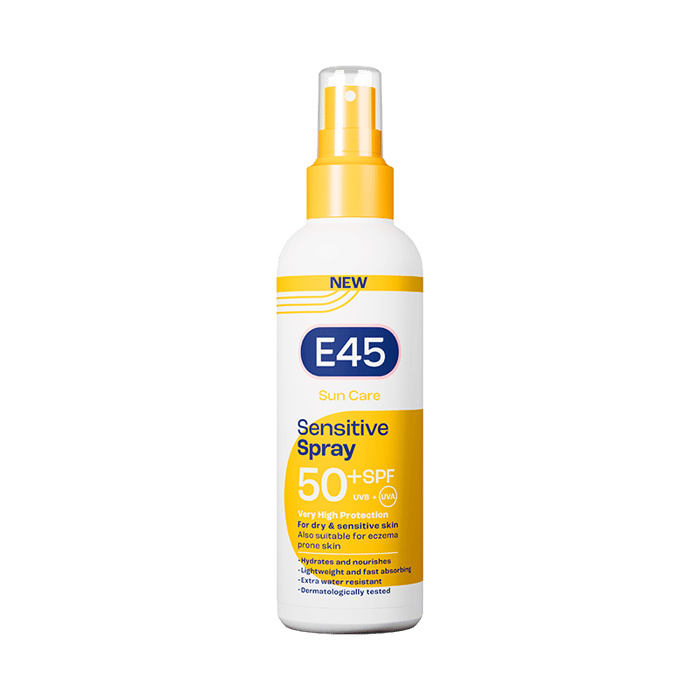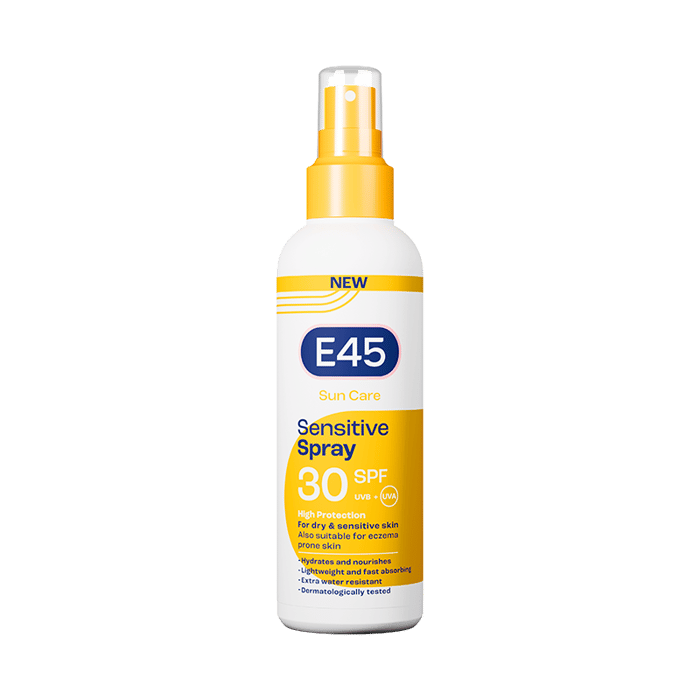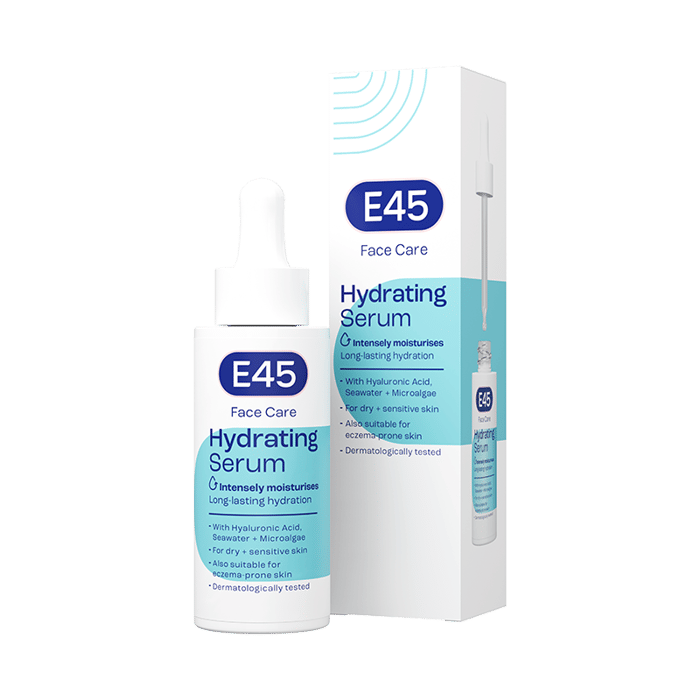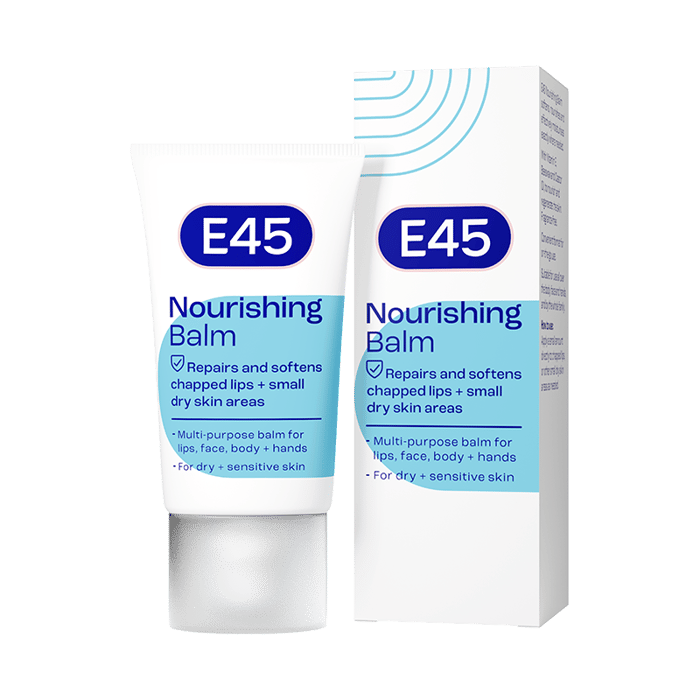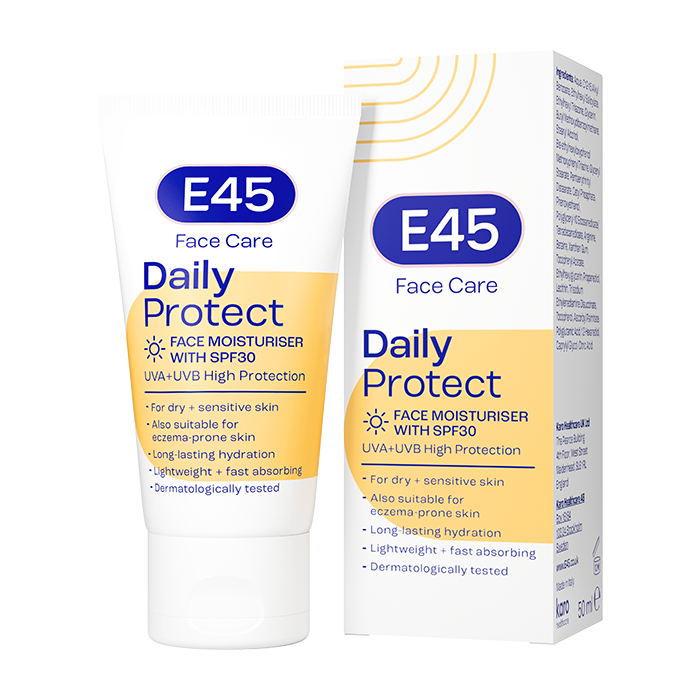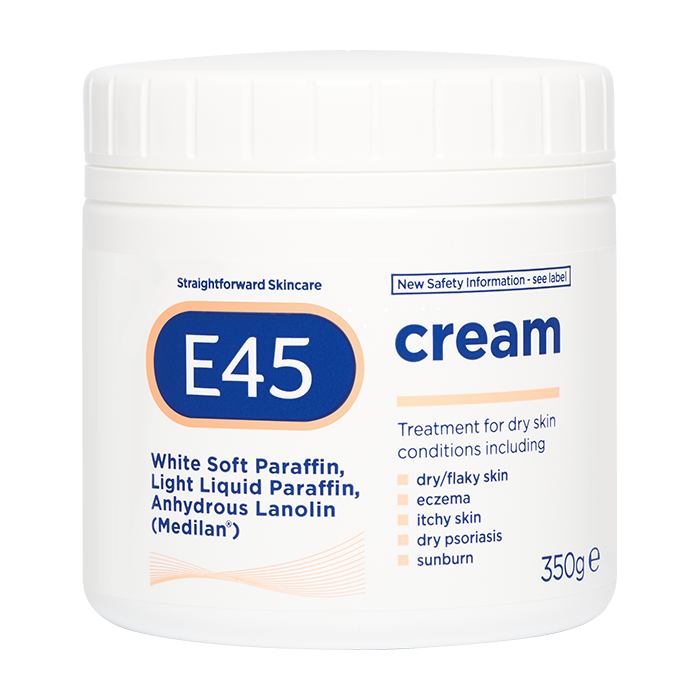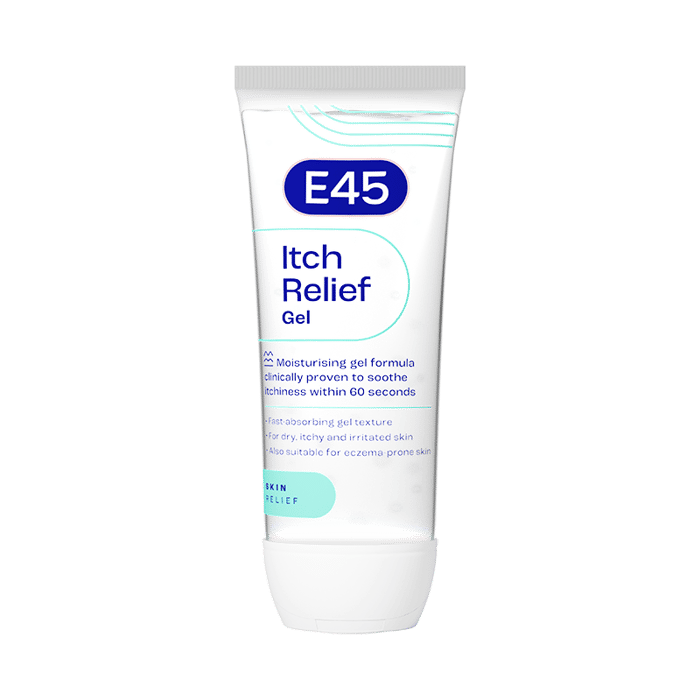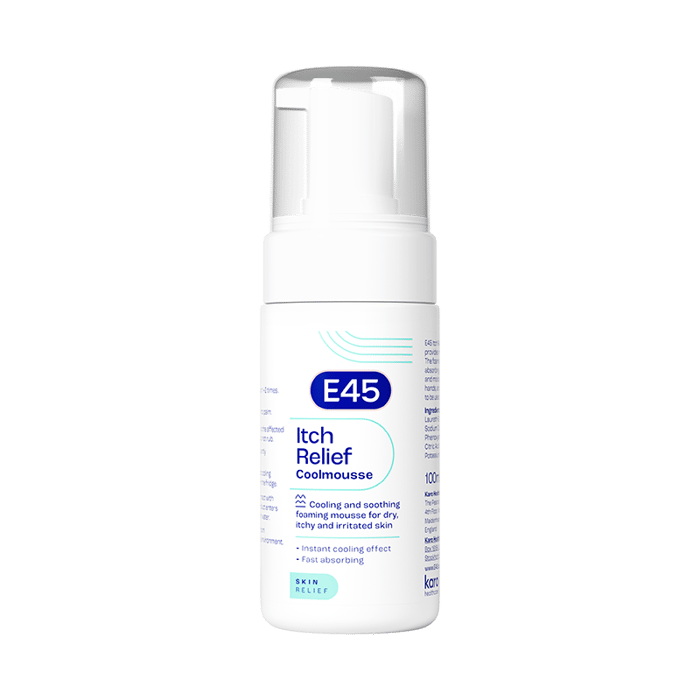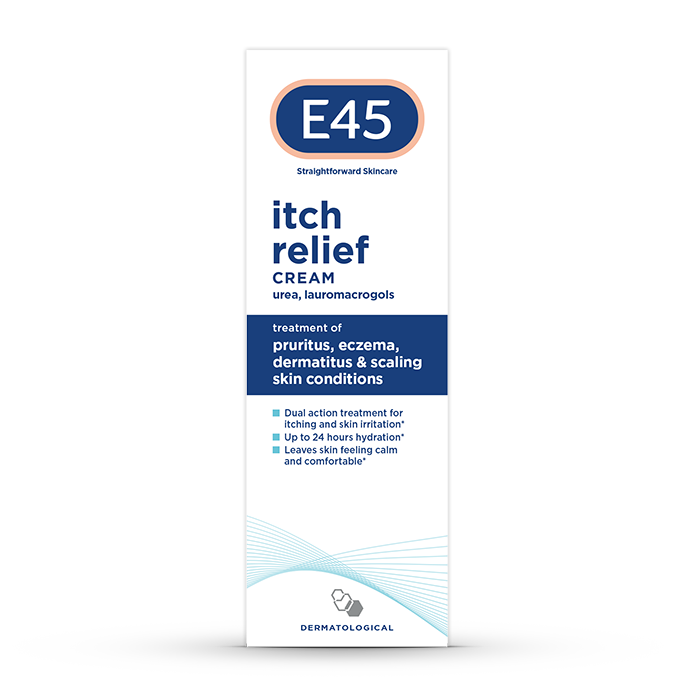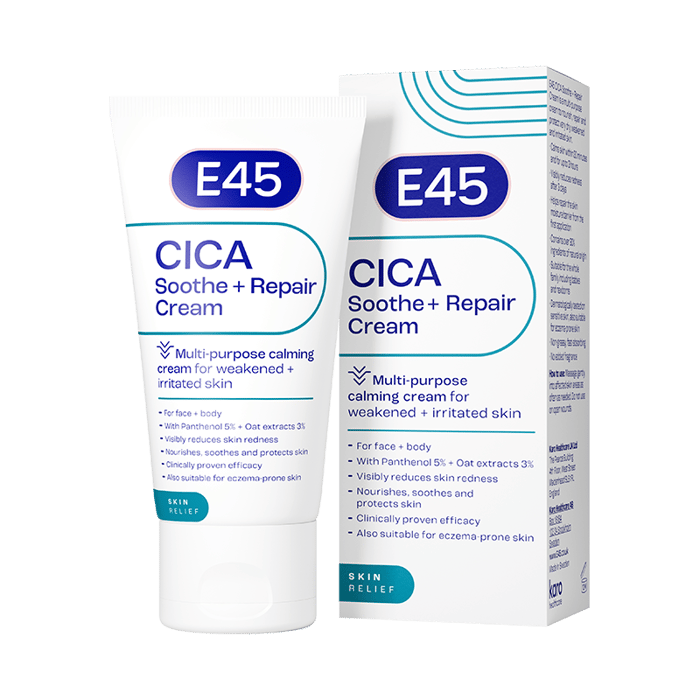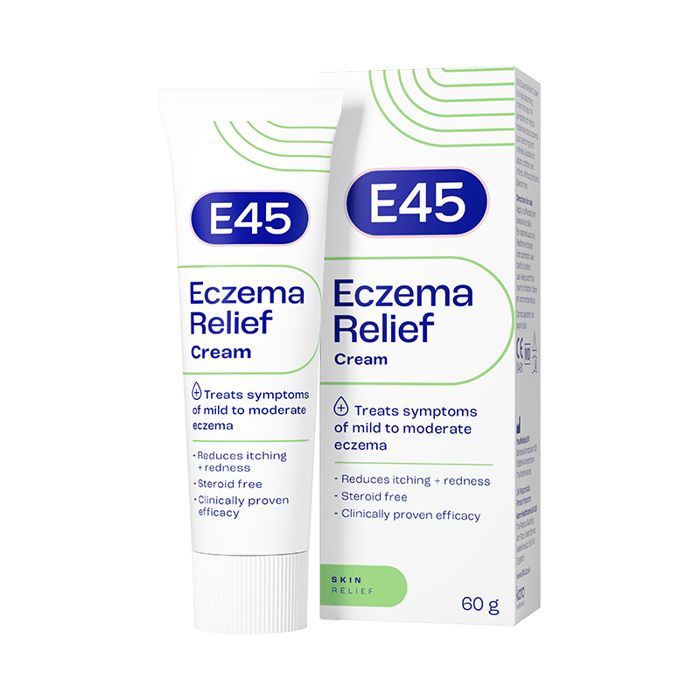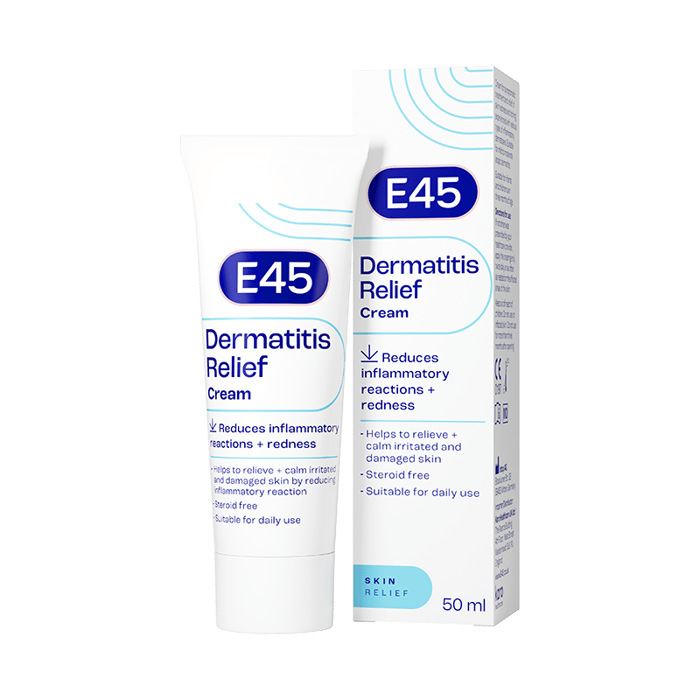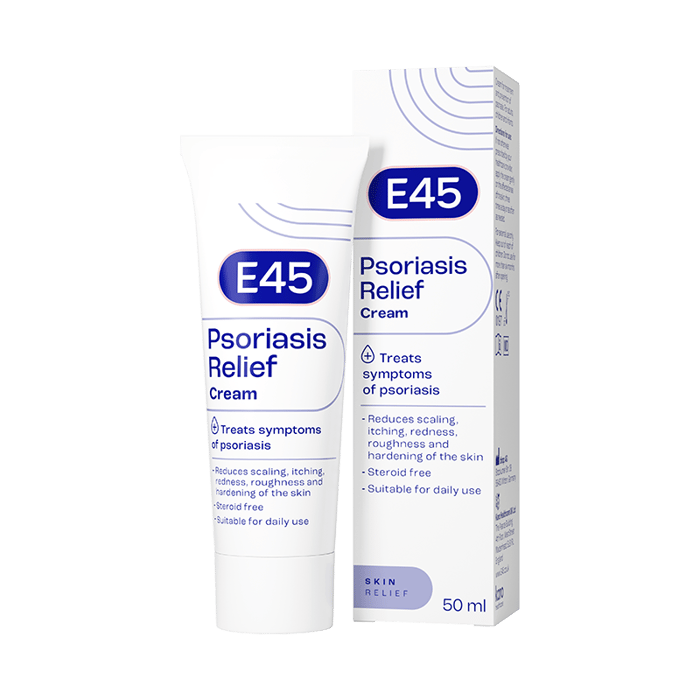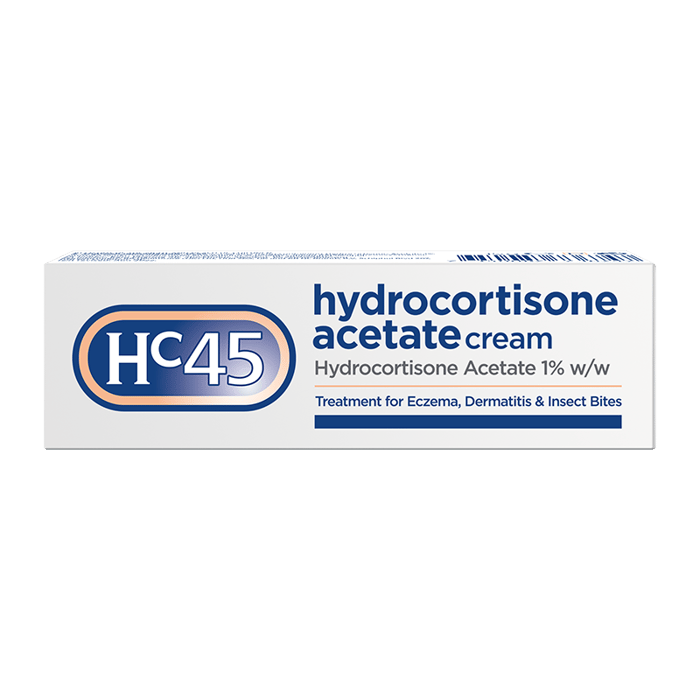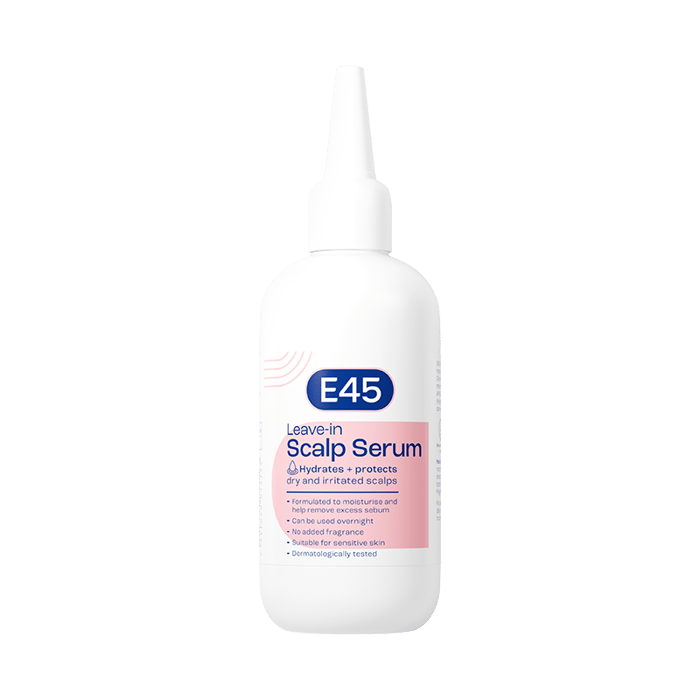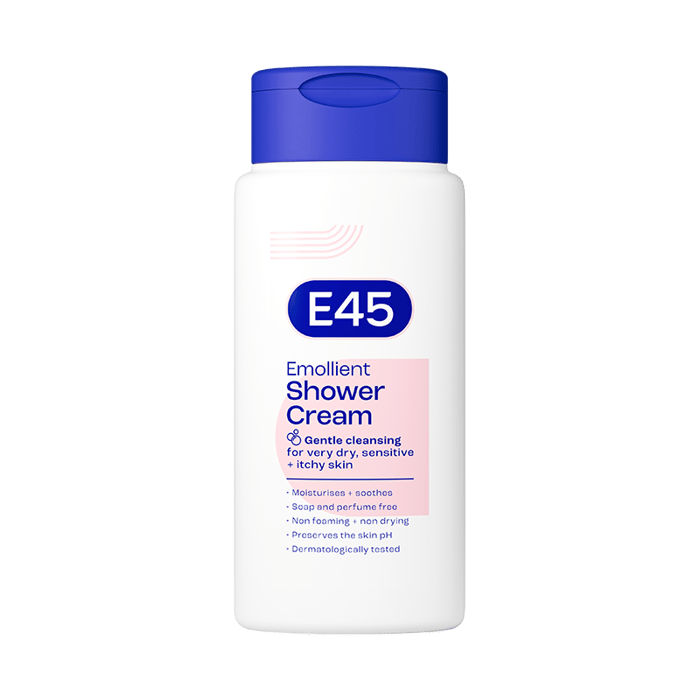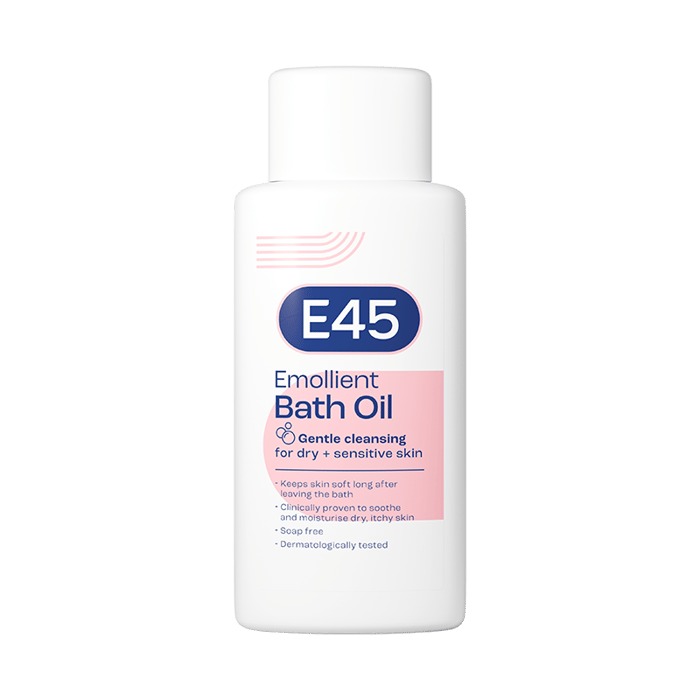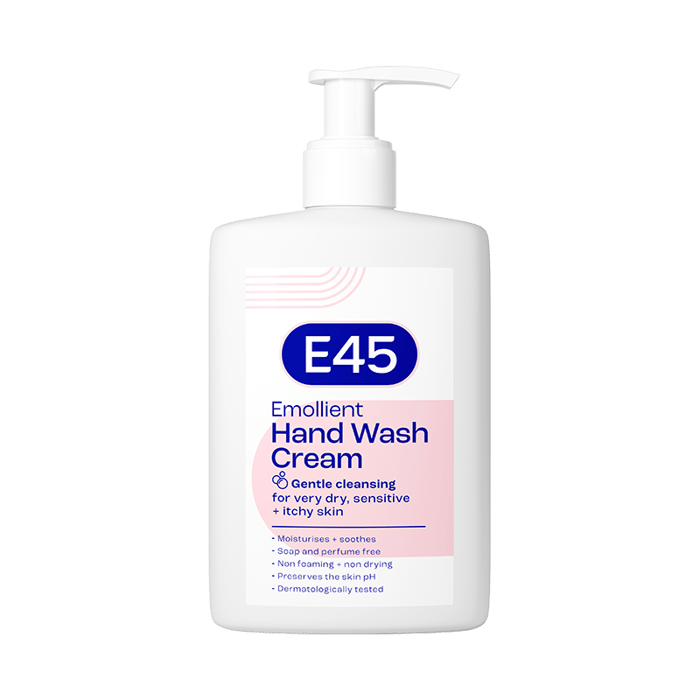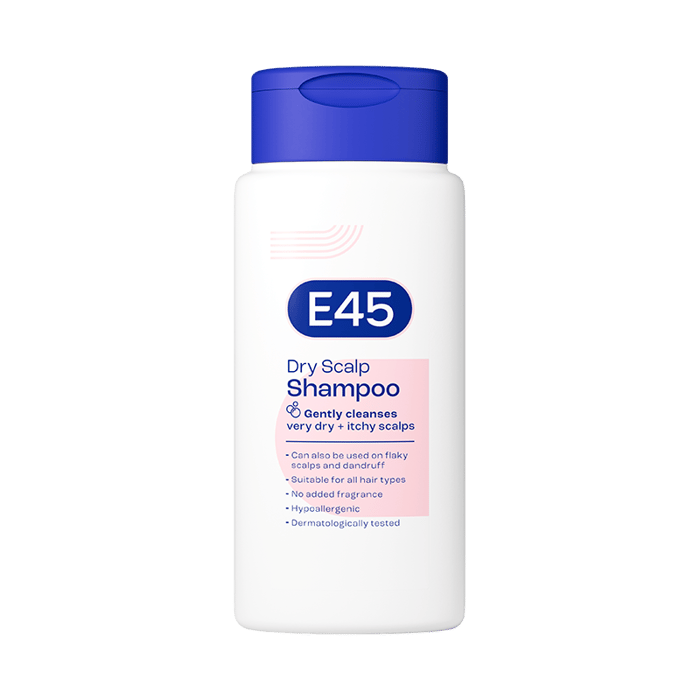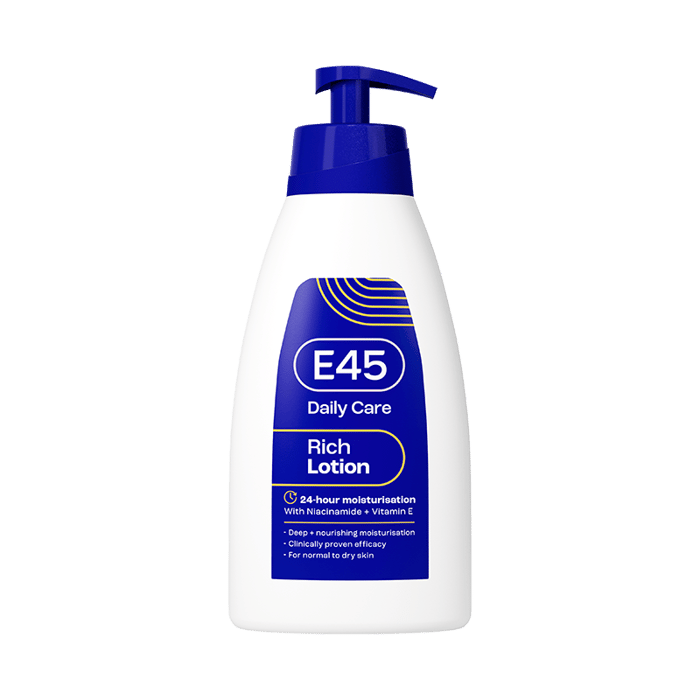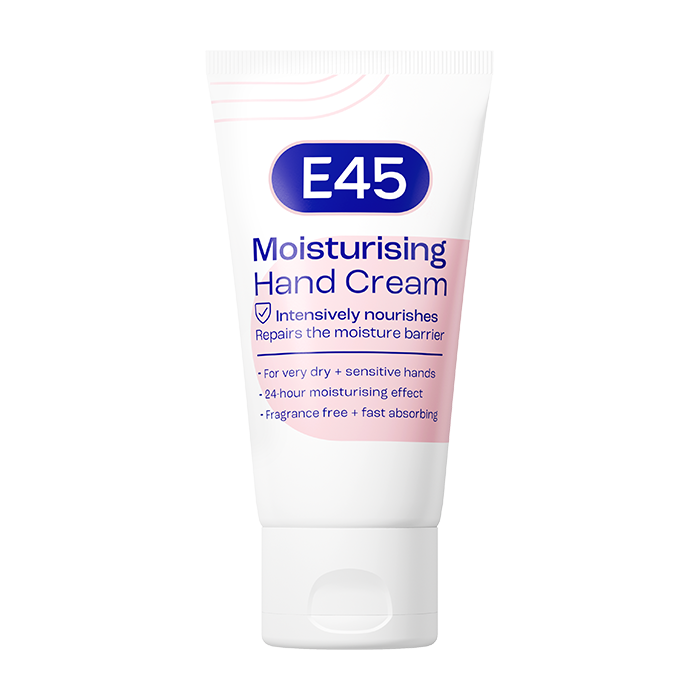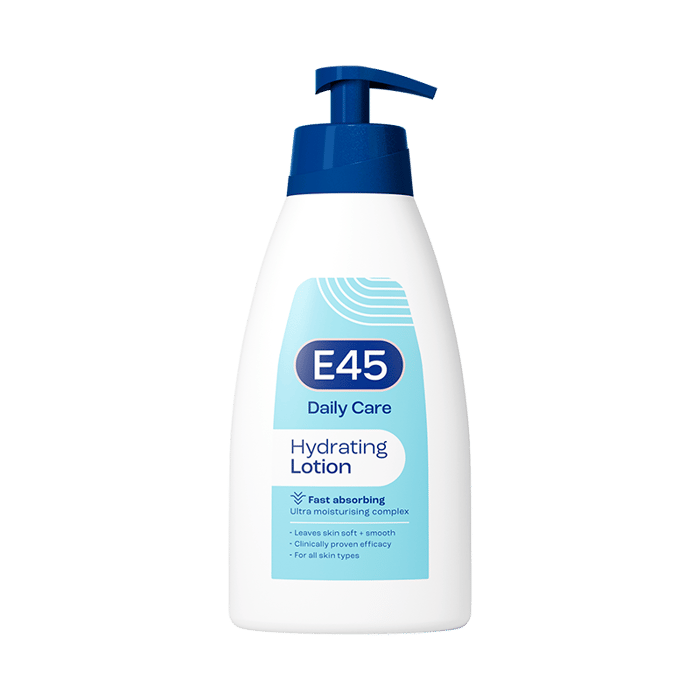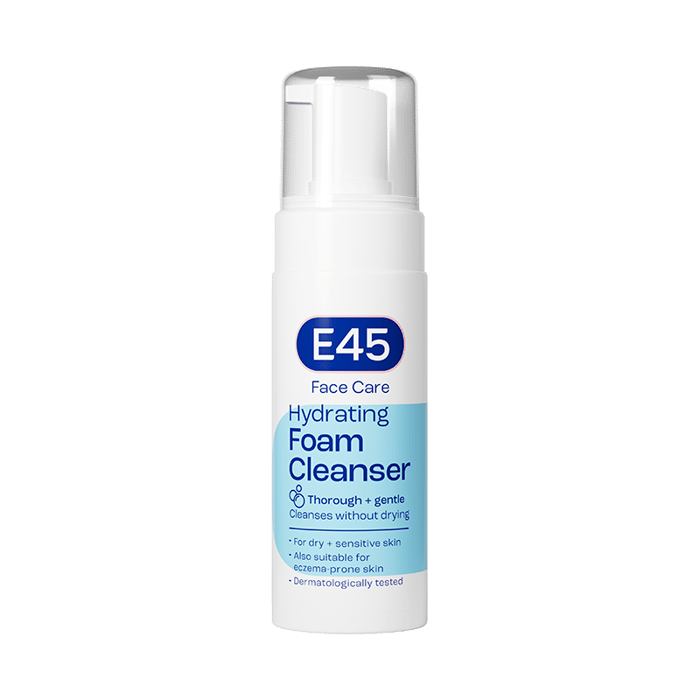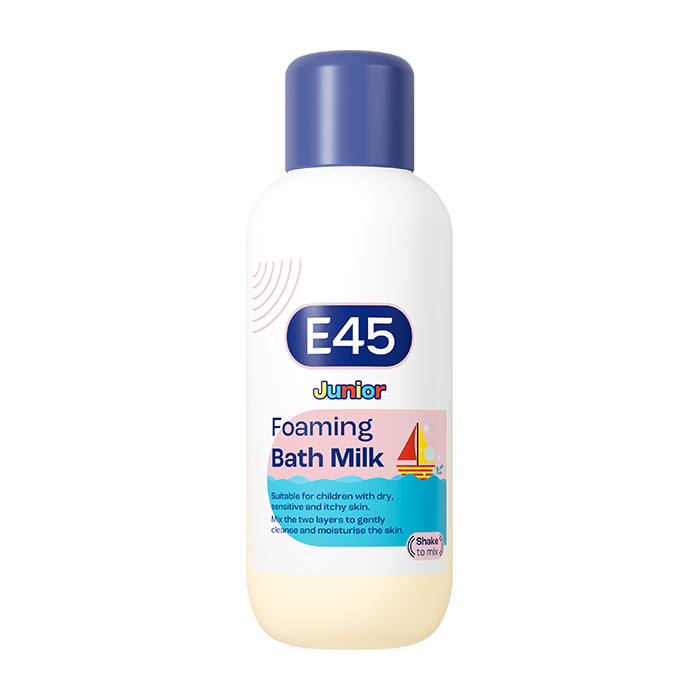Understanding and caring for sun damaged skin
Sun exposure is a natural part of daily life, but over time, it can affect the skin in ways that may not be immediately noticeable. Whether it’s fine lines, pigmentation changes, or a rougher texture, prolonged exposure to ultraviolet (UV) rays contributes to what’s known as sun damage. This article explores what sun damage is, how it affects the skin, and what you can do to care for and protect your skin.
What is sun damage?
Sun damage – also called photoaging – refers to the changes in the skin caused by long-term exposure to UV radiation. Unlike a sunburn, which is an immediate reaction, sun damage develops over time and can lead to premature ageing, uneven skin tone, and changes in skin texture.
How UV exposure affects the skin
UV radiation penetrates deep into the skin, breaking down collagen and elastin — proteins that keep the skin firm and smooth. This process, known as photoaging, can lead to visible signs of ageing earlier than expected. Additionally, UV exposure can disrupt the skin’s natural barrier, making it more prone to moisture loss and irritation.
If your skin feels persistently dry or irritated, it may be worth learning more about a damaged skin barrier and how to support it.
Signs: What does sun-damaged skin look like?
Recognising the effects of sun damage early can help you take steps to care for your skin. Common signs include:
- Fine lines and wrinkles – Exposure to UV rays speeds up the breakdown of collagen, which can lead to more pronounced lines appearing earlier than they naturally would.
- Uneven pigmentation and sunspots – Over time, repeated sun exposure can lead to areas of darker pigmentation, such as freckles or pigmentation spots, particularly on the face, hands, and shoulders.
- Changes in skin texture – Sun-damaged skin may feel rough, dry, or thickened due to the way UV radiation impacts the outer layers of the skin.
- Redness and broken capillaries – The sun can weaken blood vessels, making them more visible, especially around the nose and cheeks.
- Loss of elasticity and sagging – UV exposure can contribute to a loss of firmness, leading to looser skin, particularly in areas like the jawline and around the eyes.
While some of these changes can also occur as part of the natural ageing process, sun exposure accelerates their development, often making them more noticeable at an earlier stage.
Actinic keratosis and sun damage
Long-term sun exposure can sometimes lead to rough, scaly patches on the skin known as actinic keratosis (also called solar keratosis). These patches often appear on areas frequently exposed to the sun, such as the face, scalp and hands. While actinic keratosis is generally harmless, it can sometimes develop into a more serious condition. If you notice persistent rough spots that don’t heal, it may be helpful to seek advice from a healthcare professional for assessment and potential treatment options. (Source)
How to care for sun-damaged skin
If your skin has been affected by sun exposure, there are ways to support its recovery. While some changes are long-term, a consistent skincare routine can help improve texture, hydration and overall appearance.
Can you reverse sun damage?
Some effects of sun damage, such as fine lines and uneven tone, may improve with a good skincare routine and professional treatments. However, deeper damage, like loss of elasticity and severe pigmentation, may not be fully reversible. That said, taking care of your skin can help restore moisture, improve texture and prevent further damage.
Natural ways to repair sun-damaged skin on the face
There are several gentle, natural approaches to help restore the skin’s appearance:
- Aloe vera – Known for its soothing properties, aloe vera can help hydrate and calm irritated skin.
- Green tea extract – Contains antioxidants that may help reduce redness and protect the skin from environmental stress.
- Honey – A natural humectant that helps retain moisture and promote skin healing.
- Gentle exfoliation – Using mild ingredients like oatmeal or a soft muslin cloth can help remove dead skin cells without irritation.
- Hydration – Drinking plenty of water and using moisturisers with ingredients like glycerin and ceramides can help maintain the skin’s barrier.
Skincare ingredients that support sun-damaged skin
Certain skincare ingredients can help improve the look and feel of sun-damaged skin:
- Antioxidants – Ingredients like vitamin C and E can help protect against further environmental damage.
- Hyaluronic acid – Helps to hydrate and plump the skin, improving dryness and fine lines.
- Niacinamide – Supports the skin’s natural barrier and helps even out tone
- Retinoids – These can encourage skin renewal, improving texture and reducing the appearance of wrinkles over time. If considering retinoids, it’s helpful to consult a healthcare professional for guidance.
Professional treatments for sun damage
If sun damage is a concern, a dermatologist may offer treatments to help improve skin texture and tone. These may include:
- Chemical peels – Exfoliate the top layer of skin, revealing a fresher, smoother surface.
- Laser treatments – Target pigmentation and stimulate collagen production.
- Microdermabrasion – Helps to smooth rough texture and brighten skin tone.
These treatments can vary in intensity, and a consultation with a professional can help determine the best approach for your skin
How to prevent further sun damage
While some effects of sun exposure can’t be reversed, taking steps to protect your skin going forward is key.
Daily sun protection strategies
One of the most effective ways to care for your skin is by using SPF daily. Sunscreen with broad-spectrum protection helps shield the skin from both UVA and UVB rays, preventing further damage.
Other sun protection tips include:
- Seeking shade during peak sunlight hours (10 am – 4pm).
- Wearing protective clothing, such as hats and sunglasses.
- Using a sunscreen suited to your skin type and applying it generously.
Sun protection isn’t just for summer — UV rays can still affect the skin on cloudy days or in colder months. Incorporating SPF into your daily routine can help maintain healthy skin long-term.
Conclusion
Sun damage can develop gradually, but with the right care, it’s possible to support your skin’s health and appearance. Whether it’s improving hydration, evening out skin tone, or protecting against further damage, small changes can make a difference. If you’re unsure about the best approach for your skin, a healthcare professional can help guide you through options tailored to your needs.
FAQ: Sun damaged skin
How do you heal sun-damaged skin?
Hydrating, using antioxidants, and applying sunscreen daily can help improve and prevent sun-damaged skin. Professional treatments like chemical peels or laser therapy may also help.
What does sun keratosis look like?
Sun keratosis (actinic keratosis) appears as rough, scaly patches that may be red, brown, or flesh-coloured, commonly on sun-exposed areas like the face and hands.
What cream is good for sun damage?
Moisturisers with antioxidants, hyaluronic acid and niacinamide can help support sun-damaged skin. Look for products with SPF for protection.
Are freckles sun damage?
Freckles are a natural skin response to sun exposure, but their appearance can increase with prolonged UV exposure.
What age does sun damage start to show?
Sun damage can start appearing in the late 20s to early 30s, but effects can be delayed with proper sun protection.

